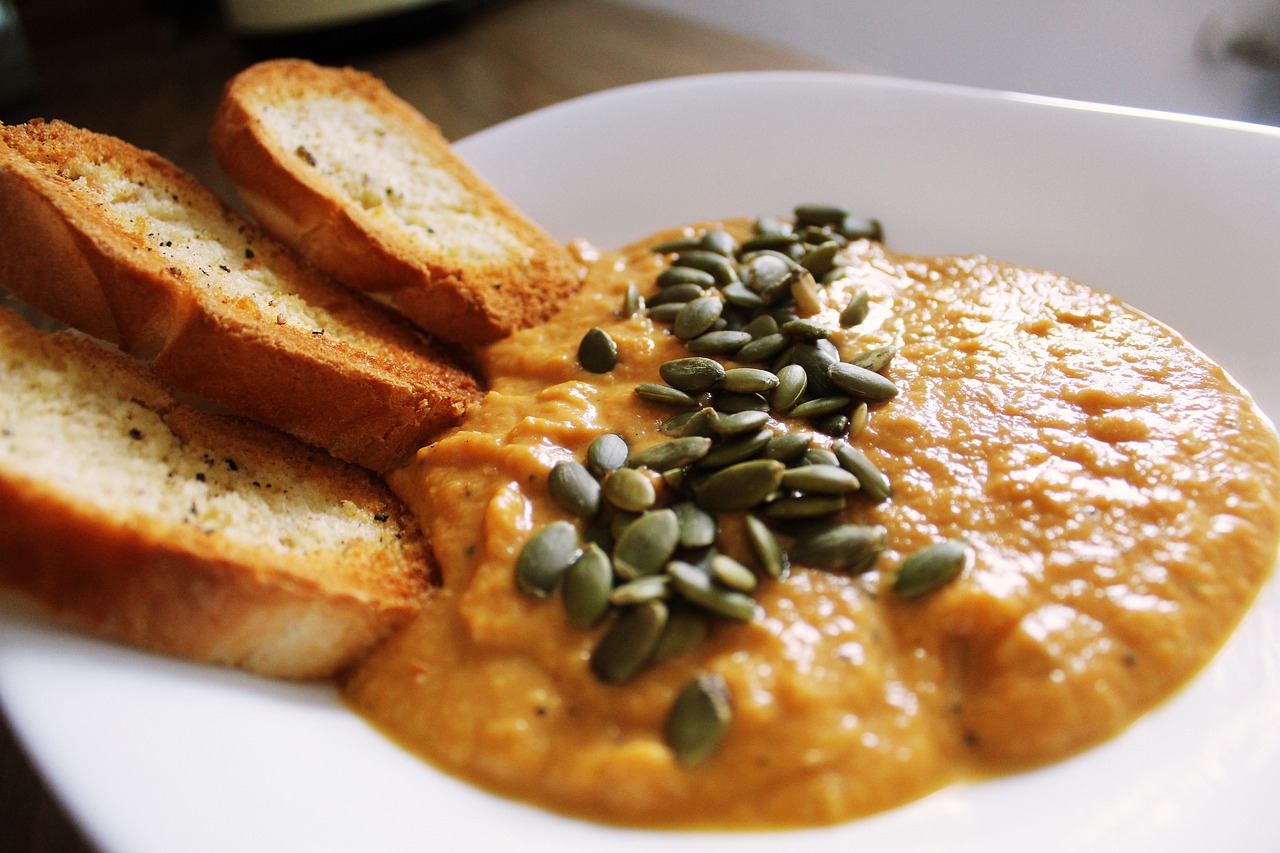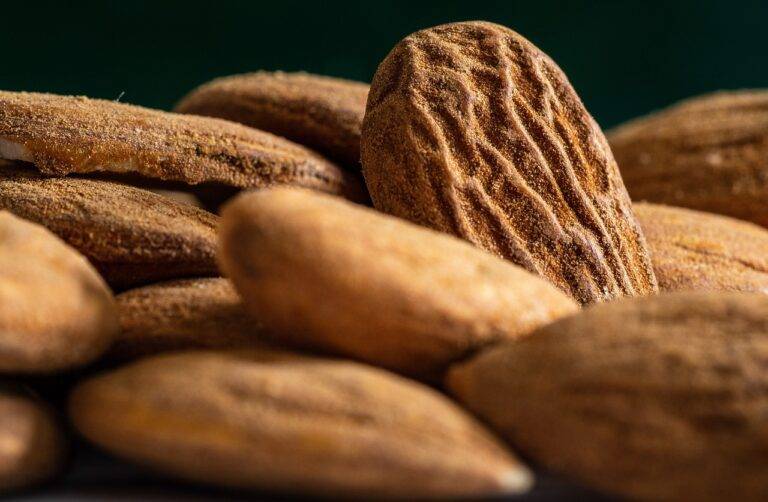The Science of Taste: Understanding Flavor Profiles and Combinations
Our sense of taste is a fascinating aspect of human experience. The five basic tastes recognized by science are sweet, salty, sour, bitter, and umami. Each taste serves a different purpose, signaling to our brain important information about the food we consume.
Sweetness is typically associated with energy-rich foods, signifying a potential source of calories. Saltiness, on the other hand, can indicate the presence of essential minerals. Sourness often signals acidity, potentially hinting at spoilage. Bitterness is often linked to toxins, serving as a warning sign. Lastly, umami, described as savory or meaty, is linked to the presence of amino acids, signaling a source of protein. These five tastes work in harmony to provide our brain with crucial information about the foods we eat.
How Taste Works in the Brain
Taste is a complex sensory experience that involves our brain processing signals from taste buds located on the tongue. When we eat, taste molecules in food interact with these taste buds, triggering electrical signals that travel to the brain via the cranial nerves. These signals are then processed in different regions of the brain responsible for taste perception, such as the gustatory cortex in the insula and frontal operculum.
Interestingly, our brain not only processes taste but also integrates it with other sensory information to create the overall flavor perception. This is why factors like texture, temperature, and even visual appearance can influence how we perceive taste. Additionally, our past experiences, emotions, and memories also play a role in shaping our taste preferences and perception.
The Role of Smell in Taste Perception
Our sense of taste is not solely determined by what happens on our taste buds; rather, it is a collaboration of various sensory inputs. One crucial partner in the taste experience is our sense of smell. The aroma of food plays a significant role in how we perceive taste, as our olfactory system works in tandem with our taste buds to create a well-rounded flavor profile for the brain to interpret.
When we eat, volatile compounds in the food travel to the back of our mouths and up into the nasal cavity, where they stimulate the olfactory receptors. These receptors send signals to the brain, providing information about the food’s flavor. This intricate connection between taste and smell influences how we perceive the taste of food, allowing us to distinguish between different flavors and enhancing our overall gustatory experience.
Our sense of taste is a collaboration of various sensory inputs
Sense of smell plays a significant role in taste perception
Aroma of food works with taste buds to create flavor profile
Volatile compounds in food stimulate olfactory receptors
Olfactory signals to brain provide information about flavor
How does smell affect taste perception?
Smell plays a crucial role in taste perception as it contributes to the overall flavor experience. When we eat, aromas from our food travel to the olfactory receptors in our nose, which send signals to the brain to help identify flavors.
Can taste be experienced without the sense of smell?
While taste and smell are closely linked, it is possible to experience some basic tastes like sweet, sour, salty, bitter, and umami without the sense of smell. However, the full flavor experience is greatly enhanced when both taste and smell are working together.
Why do some foods taste differently when we have a cold or stuffy nose?
When we have a cold or stuffy nose, our sense of smell is often impaired, which can affect our ability to taste food properly. This is why some foods may taste bland or different when we are sick.
How does the brain process taste and smell signals?
Taste and smell signals travel to different parts of the brain where they are processed and combined to create the perception of flavor. The brain integrates information from both senses to help us identify and enjoy different types of food.
Can taste perception change over time?
Taste perception can indeed change over time due to factors such as aging, illness, or even psychological influences. Our taste buds may become less sensitive as we age, leading to changes in how we perceive flavors.







